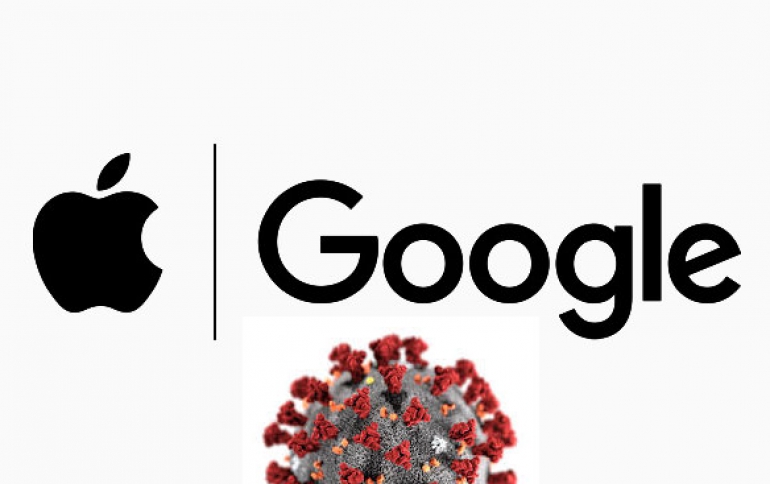
Google and Apple Release Their Covid-19 Exposure Notification API to Support Public Health Agencies
Apple Inc. and Google released their Covid-19 exposure-notification tools on Wednesday, along with changes that will help public health authorities gather more information on who has the virus.
One of the most effective techniques that public health officials have used during outbreaks is called contact tracing. Through this approach, public health officials contact, test, treat and advise people who may have been exposed to an affected person. One new element of contact tracing is Exposure Notifications: using digital technology to tell someone they may have been exposed to the virus. Exposure Notification has the specific goal of rapid notification, which is especially important to slowing the spread of the disease with a virus that can be spread asymptomatically.
To help, Apple and Google cooperated to build Exposure Notifications technology that will enable apps created by public health agencies to work more accurately and effectively across both Android phones and iPhones. Over the last several weeks, the two companies have worked together, reaching out to public health officials, scientists, privacy groups and government leaders all over the world to get their input and guidance.
Starting today, the Exposure Notifications technology is available to public health agencies on both iOS and Android.
"What we’ve built is not an app—rather public health agencies will incorporate the API into their own apps that people install. Our technology is designed to make these apps work better. Each user gets to decide whether or not to opt-in to Exposure Notifications; the system does not collect or use location from the device; and if a person is diagnosed with COVID-19, it is up to them whether or not to report that in the public health app. User adoption is key to success and we believe that these strong privacy protections are also the best way to encourage use of these apps," the companies said.
Some governments have criticized the system because it doesn’t let authorities store data on who has the virus and track where it is spreading. Instead, it just notifies individuals if they have been exposed.
Apple and Google listed announced changes to the system on Wednesday. One change lets public health authorities contact exposed users based on “a combination of the API and data that users voluntarily chose to input into the app,” the companies said. The API is the Application Programming Interface, the set of software tools that lets these new exposure-notification apps communicate with Apple and Google’s operating systems.
Apple and Google are allowing the optional collection of additional data by these apps, including ZIP codes and user phone numbers. These will only be shared if users give permission.
Each public health authority will be able to set parameters for what counts as an exposure, such as how long someone spent near another user, or how close they got. The software uses Bluetooth technology to let phones detect one another.
The system is designed to work with one app per region, such as a country or state, to avoid fragmentation. The companies said multiple U.S. states and 22 countries have requested and received access to the system. Alabama and North Dakota both said they will be using it.
The tools have been released via the iOS 13.5 update for iPhones released in the last four years, while Android phone users running Android 6.0 or later are receiving the system via a Google Play download.




















